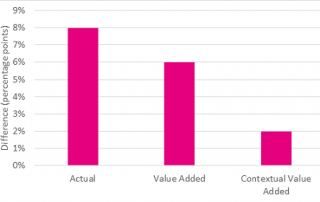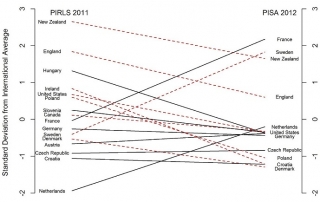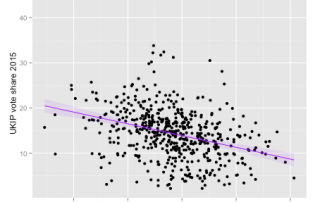It’s grim up north/The north will rise again: Some thoughts on Ofsted’s annual report
Ofsted today published its state of the nation annual report. Geographic inequalities in attainment featured prominently: “There are 16 local authority areas in England where less than 60% of the children attend good or outstanding secondary schools, have lower than national GCSE attainment and make less than national levels of expected progress. All but three [...]










